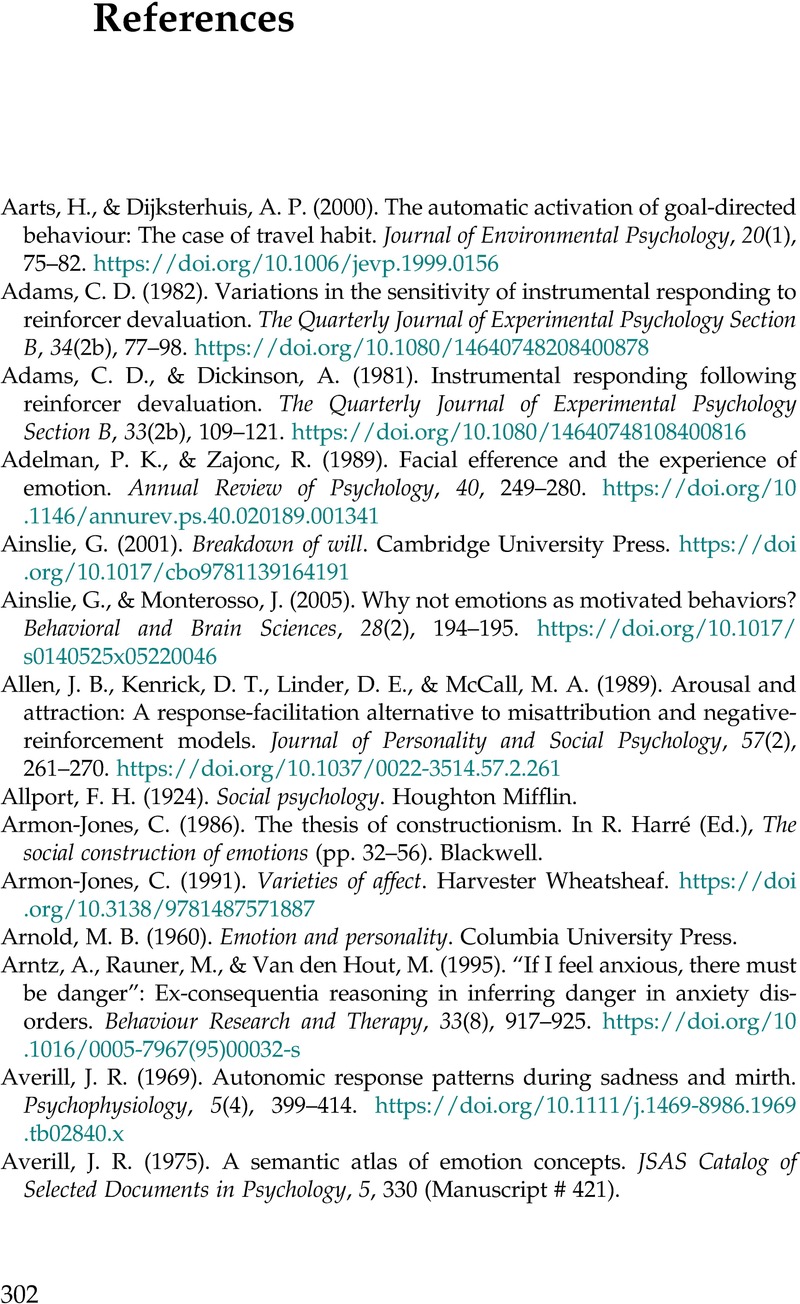Book contents
- Demystifying Emotions
- Studies in Emotion and Social Interaction
- Demystifying Emotions
- Copyright page
- Contents
- Figures
- Tables
- Boxes
- Preface
- Acknowledgment
- Abbreviations
- Part I Introduction
- Part II Emotion Theories One by One
- Part III Conclusion
- References
- Index
- Titles Published in the Second Series (continued from page ii)
- References
References
Published online by Cambridge University Press: 11 August 2022
- Demystifying Emotions
- Studies in Emotion and Social Interaction
- Demystifying Emotions
- Copyright page
- Contents
- Figures
- Tables
- Boxes
- Preface
- Acknowledgment
- Abbreviations
- Part I Introduction
- Part II Emotion Theories One by One
- Part III Conclusion
- References
- Index
- Titles Published in the Second Series (continued from page ii)
- References
Summary

- Type
- Chapter
- Information
- Demystifying EmotionsA Typology of Theories in Psychology and Philosophy, pp. 302 - 374Publisher: Cambridge University PressPrint publication year: 2022

